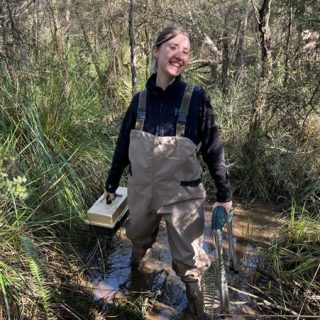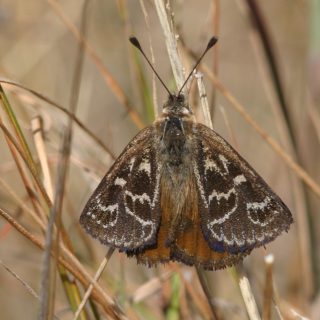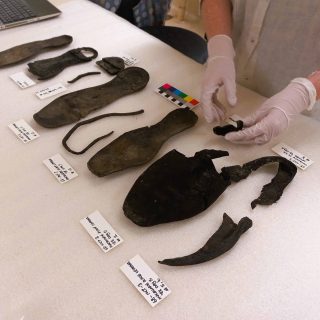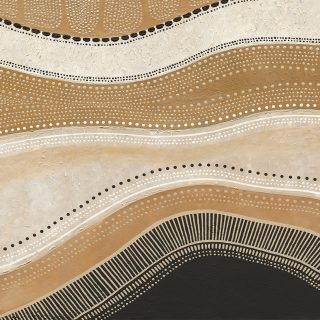Monty the wildlife detection dog
Dogs are proving to be an ecologist’s superpower when it comes to surveying for threatened species like Koalas.
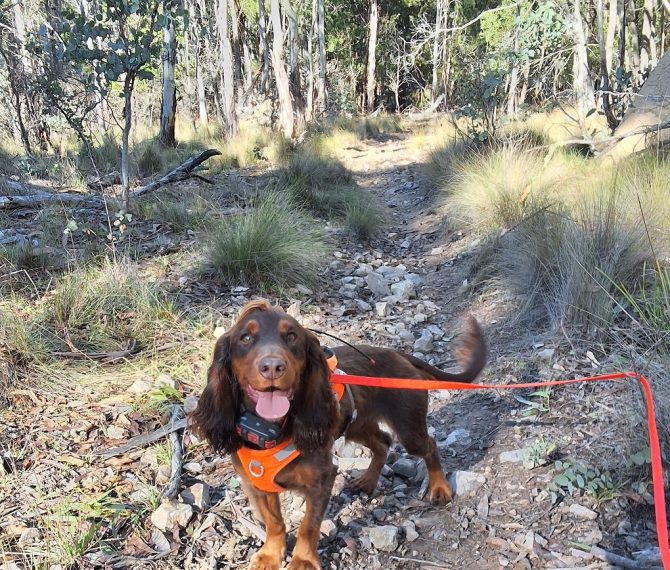
The quiet, eucalyptus munching Koala was sadly added to the list of endangered Australian species in 2022 across NSW, Queensland and the ACT, after years of prolonged threats to their survival including drought, bushfires, disease and habitat loss.
This conservation status may offer them a lifeline by triggering more rigorous requirements for biodiversity impact assessments and offering opportunities for landholders to establish biodiversity stewardship sites. Biosis consultants are specialists in threatened species surveys, and sometimes the least technical methods are proving the best. In this case tracking the scent and trail of a koala’s olive sized droppings (scat) by using a dog’s nose as the premium tracking device.
Koalas are slow-moving sleepy marsupials that can be hard to spot during the day high up in the forest or woodland canopy, but by using a detection dogs’ hyper-vigilant sense of smell, fauna surveys conducted across large tracts of land can be done quickly, and with greater confidence.
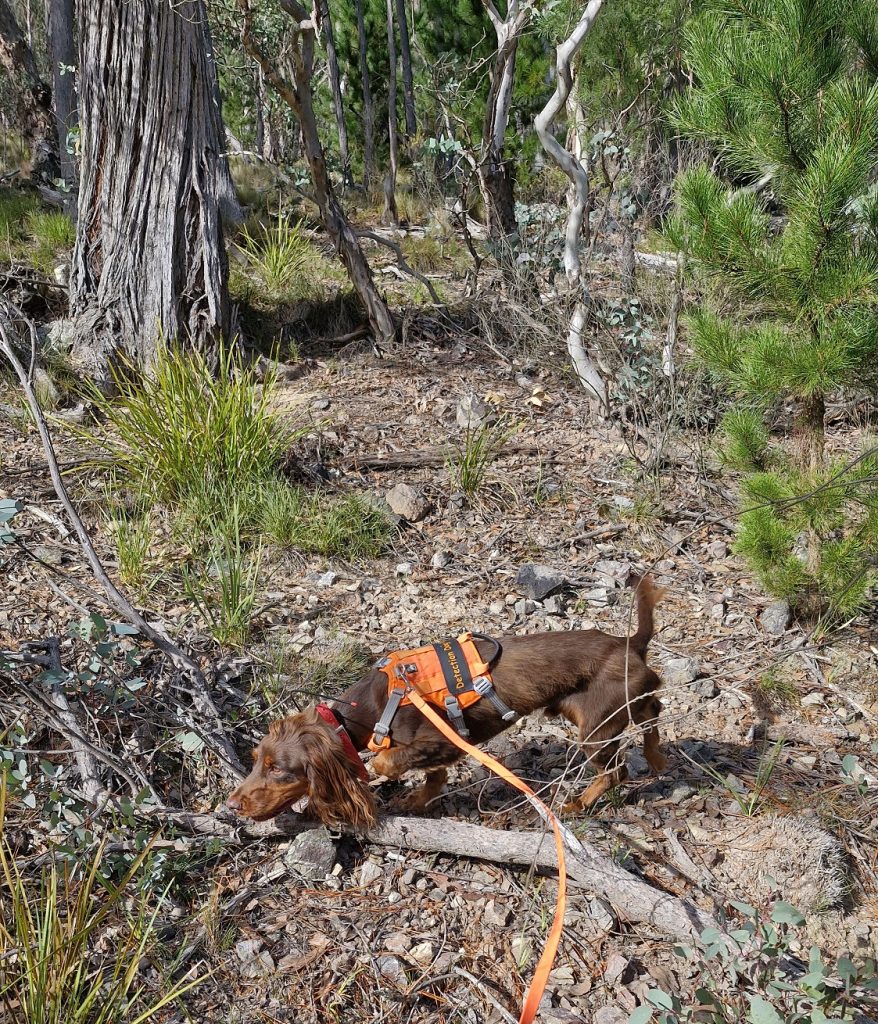
Rachel Moore is a zoologist for Biosis, and she explained why her Cocker-Spaniel Monty is a valuable member of the team.
How did you train Monty to find Koala scat?
Monty has been trained in scent detection since he was around 6 months old. I trained him as my working dog based on his behaviour and drive, and he’ll do absolutely anything for a toy/reward. For him finding Koala scat (dropping) is a huge game that he’s desperate to win, because he wants to be rewarded. His breed (a working cocker spaniel) is genetically inclined to have a drive and love for sniffing, but any dog can do it if they have the stamina and motivation to work, for sometimes extended periods, without immediate reward. Recently he cleared 13 kilometres of transects in dense habitat in search of scat, Monty worked hard that week.
What does Monty add to a fauna survey process?
Using a dog’s extremely sensitive nose is helpful over human eyes alone. They can detect scat that’s hidden under leaf litter, stuck in grass, or weathered to the point that it isn’t visible. It means Monty doesn't miss things like we do. He also searches objectively without an internal bias. Humans can be tempted to follow logical paths or target ‘good looking’ habitat, while dogs search systematically and are not distracted by what might look promising (or not).
What does an ecologist add to the search?
Although Monty will do 90% of the work in a dog transect search, it still requires teamwork. My job when managing him is to constantly assess the environment and know how Koala scent might move or ‘pool’. I may set up his transects differently if it is hot, cold or windy, so I can watch and direct his search to effectively cover the whole search area without missing anything.
What is a transect?
A transect is a straight predefined line across a search area, like a measuring tape, which is laid out across the landscape to help ensure the search area is covered thoroughly.
Can a Biosis client be confident Monty is a diligent ecologist?
As for efficiency, a trained dog can cover more ground in less time and with heightened accuracy, especially in dense or difficult terrain. That can mean fewer survey days and more detailed results for clients.
How could Monty be used more widely in Biosis’ ecology work?
There is potential to use him more widely in a range of differing threatened species conservation, whether it is scat, live fauna, flora or even invasive species detection. His nose can give an incredible insight into the environment, and the training possibilities are extraordinary. He's a valuable little team member for us to have.

